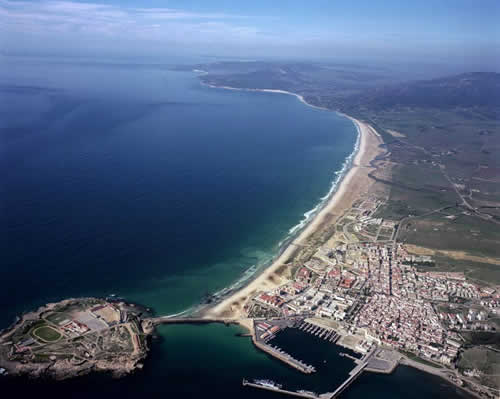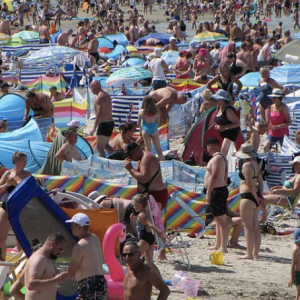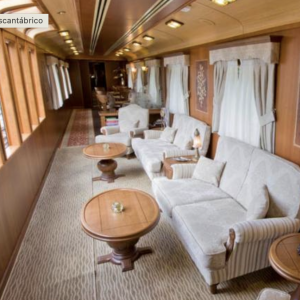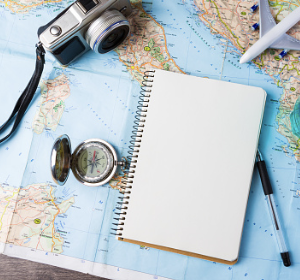As enjoyable as villa holidays on the Costa del Sol are, sometimes it’s good to get out and about and explore areas that are a little more off the beaten track. Visitors to the Costa del Sol will often take day trips to well-known destinations like Mijas, Puerto Banus and Marbella, but there’s a certain reluctance to venture further afield. It’s a shame really, as if you were only to go that extra mile you’d discover some real gems. Take Tarifa for example. It’s a name you’ll hear a lot on the Costa del Sol. It’s trendy resort popular with the younger generation, but maybe for that reason not too many people visit it by chance. If you get the chance we’d definitely recommend a trip to Tarifa; you certainly won’t regret it.
Tarifa’s appeal it has to be said lies not in its architectural beauty or rich history, but in its natural attractions that are augmented by the town’s unique location right at the foot of Spain, making Tarifa the most southerly part of continental Europe. It’s also the windiest part of the continent too, making Tarifa a haven for windsurfers. Because of the influx of surfers Tarifa has forged a rather undeserved reputation as nothing other than a hip party town for the young and the cool. Yet, there’s much more to Tarifa than that. Tarifa’s laid-back character, its miles of white sandy beaches, its accessibility and affordability and its invitingly bohemian atmosphere is a draw for all types of people, young and old, from around the world.
Punta de Tarifa is a small fist of land that juts out as an archipelago right down at the very bottom of Spain. Across the Straits of Gibraltar, Morocco is a mere 11 kilometres away: so it not surprising to learn that when Tarifa was nothing more than a peaceful fishing village, it was the first point of entry for the Moorish Invasion in what is now Southern Spain in 711. Five centuries later and with the Reconquista in full flow, the retreating Moors fled from Tarifa and its surrounding ports, leaving the continent for good, but also leaving their indelible mark on modern day Andalusia.
Its old town is almost garrison-like: castle walls surround the cramped and narrow alleys that run between decrepit old buildings, their windows encased in wrought iron bars, the outside world kept at bay by splintered shutters slammed firmly shut. Down by the harbour there’s an inescapable sense of isolation, particularly when the wind blows and dense cloud covers the sky. That’s because in some ways Tarifa’s location is both a blessing and a curse. In the summer, the town is flooded with tourists: the combination of strong winds, hot sunshine and seemingly endless light proves irresistible for many. In winter, with the sun, light and windsurfers departed, all that seems to remain is the wind. That’s when the town can feel rather desolate and deserted.
It’s fair to say that when the wind blows in Tarifa, it really does blow. Otherwise it wouldn’t be such haven for windsurfers and kitesurfers. However, it’s also beneficial for the environment too, as Tarifa’s neighbouring wind farm is one of the largest in Europe and generates enough electricity to power more than 100,000 households a year. However, it’s not windy every day in Tarifa, just most days. But even on the windiest of days, the summer months are still extremely pleasant. Tarifa’s temperatures can easily soar into the mid-40s, but the good thing is the cooling effect of the wind keeps things bearable.





